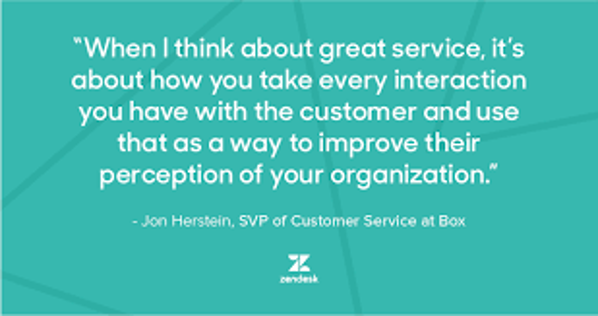Why building a Customer Success team may be crucial to your product’s growth story
What is common between Amazon’s “One-click” purchase or Myntra’s “Try before you buy” offer? Besides the fact that they’re purchase optimizations by e-commerce giants, both speak to an amazing understanding of the customer – in one case, the busy shopper who doesn’t want to repeatedly add her address and payment details; in another, the sceptical shopper who wants to try on the apparel or shoes before she buys – even in an online store!
Both these features were added to these companies to ensure customer success and customer delight. “Delight your customer” may be a cliché for some, but it’s a mantra for growing companies. Its natural aftermath has been the definition of the Customer Success (CS) function.
In an era where features are almost the same or equivalent across competing products, customer experience (CX) can be a key differentiator and driver of growth (and crushing the competition like a gorilla-like Amazon does!) The key determinant of customer satisfaction is their experience with the product after the sale. This is where Customer Success comes in.

Customer Success teams have their jobs cut out
Marketing teams focus on relationship building and UX to convert strangers into customers, working in tandem with sales teams who ensure objections to the sale are overcome and it happens. Customer success teams engage with customers post-sale and ensure delight to the extent that the customer becomes a promoter of their product.
Customer success teams can also ensure retention and recurring revenues. A happy customer, after all, is someone who is more liable to return to your portal. It makes economic sense to keep her happy: it costs 5 times as much to find a new customer than to retain your current ones! In addition, she is someone more willing to talk about the product (and the experience!) with her vendors, customers, friends and fellow professionals. She is that elusive unicorn that marketing and sales teams hanker to find – and she is yours if you are a CS professional worth your salt!
Customer success teams form a vital ‘listening post’ to customers – a team that talks to customers constantly, analyses what problems they’re facing with the product, what questions they’re asking of the customer service team, and observes what needs are still unmet or even unexpressed. This is a team that can funnel back these golden insights back to product teams for action.
How is Customer Success achieved?
Typical tools used by CS teams include fostering user communities online, building and monitoring exceptional customer support teams or providing rich knowledge bases. At the heart of the CS function is customer centricity: constant introspection and research about how to make the customer successful in getting his/her job done. Indeed, customer-centricity comes to the fore with CS as never before.
Hubspot calls CS the “third engine of growth” after the first (sales) and second (marketing). Globally, when only 3% of users trust sales and marketing, great CS can be the determinant between success and failure in crowded marketplaces.
It is strange but true: CS teams’ focus only on meeting or exceeding customer expectations, and not profits, can be a real driver for profits!
Building a Customer Success team
How does one go about building a CS team, especially in a B2B organisation? First, there is a critical need to move from a customer acquisition mindset to a customer success mindset. This infographic by research firm Gartner sums this paradigm shift best:
It’s all very well to show infographics, but how do you get started? If you’re a CxO or product manager, here are 6 tangible steps you can take today to get into this mindset:
- Organise a user group meeting where you present the latest customer success stories. Allow for questions.
- Organise a single customer meeting with a key customer to understand their best practices. Probe how your product supports these practices.
- Start a customer advocacy program: build relationships with happy customers and ask them if they will vouch for your product in industry forums, webinars, user groups and testimonials. Ensure a superb experience for them during these interactions.
- Build and maintain a searchable knowledge base that customers can use to get first-level support speedily when they need it. Keep it constantly updated.
- Evaluate multimedia and technology to answer frequently asked questions. Any product manager who has spent any serious time with customer support knows that it is almost always the same set of questions that keep getting asked repeatedly. [Shameless plug: We recently helped one of our premier customers build a set of Youtube videos addressing their top contact drivers.]
- Schedule a webinar to share best practices that can drive growth for your customers. E-books, white papers and resource guides can also be used similarly. [Note: These are not marketing collateral. These are material created specifically for customers – those who are already using your product. It opens up a wide world of possibilities when you build content for them!]
These are but some of the initial steps towards building a Customer Success team or group within your organisation.
|
CUSTOMER SUCCESS: FAST FACTS
Source: Precision Marketing |
When customers know that there are people at the other end who are actively listening, who are looping back their needs to product teams, who are building collateral to empower them and working day and night to help them win, it makes for winning relationships all around!







